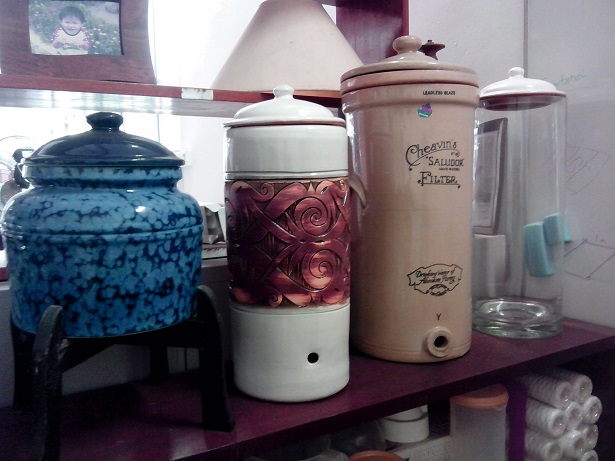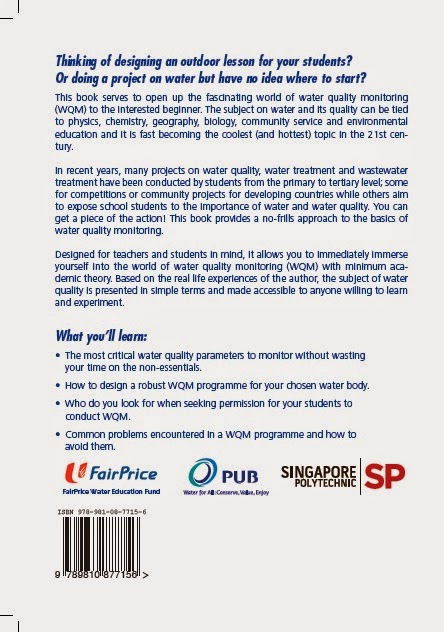Of particular interest to me is the rainwater harvesting system. Some highlights:
- Rainwater is harvested from the rooftop, treated and channelled into storage tanks at the top level.
- Grating is installed at inlets on the rooftop to remove large contaminants e.g. leaves, litter
- The system is designed to make use of gravity to minimise pumping.
- A first flush system is used to remove the first portion of each rainfall event. (As mentioned in my previous posts (1, 2), a first flush device or system is absolutely essential to remove the initial and dirtiest portion of rainwater.)
- The treatment of rainwater involves something called DPA system or technology.
- "proprietary technology which harness on the works of Hydrocavitation, where liquid is subject to forces of fluctuating pressures within the enclaves of its cavitational chamber, is a chemical-free water treatment process.
- DPA system is effective in controlling pH levels, increasing dissolved oxygen and significantly reducing bacterial and algae growth in the water."
- Installed by a company called Sif Eco Engineering Asia. Tried to visit its website at www.dpasys.com but ended up at a page under construction so I don't know anything more about this company.
- Not surprisingly, the treated rainwater is only used for:
- Washing of staircases, void decks, corridors
- Irrigation
- Obviously, potable use of the treated water is out of the question. Neither is it used for toilet flushing.
- No mention of how successful the system is but I don't think there are any problems. Rainwater is one of the cleanest forms of water.
Figure: Garden beds on the rooftop. Nice touch. Cool the top levels?
Figure: Experimental wind turbine. In Singapore, you have to go high for wind turbines to capture the energy of the stronger winds.
Figure: Photovoltaic (PV) panels on the rooftop to provide extra juice to power consumption in the common areas
Figure: Explanatory panel on the rainwater harvesting system. Unfortunately, this panel is on the rooftop so the public normally does not read it. Not sure if there are similar panels in the accessible areas.
Figure: Notice the grating inlet fixed into the floor (rooftop). It is designed to filter off the gross (in size) contaminants in the rainwater. Also, notice the small white pipes jutting out of the garden beds. The plants probably help to clean up the rainwater a bit before channelling it to the inlet.
Figure: Treelodge @ Punggol















